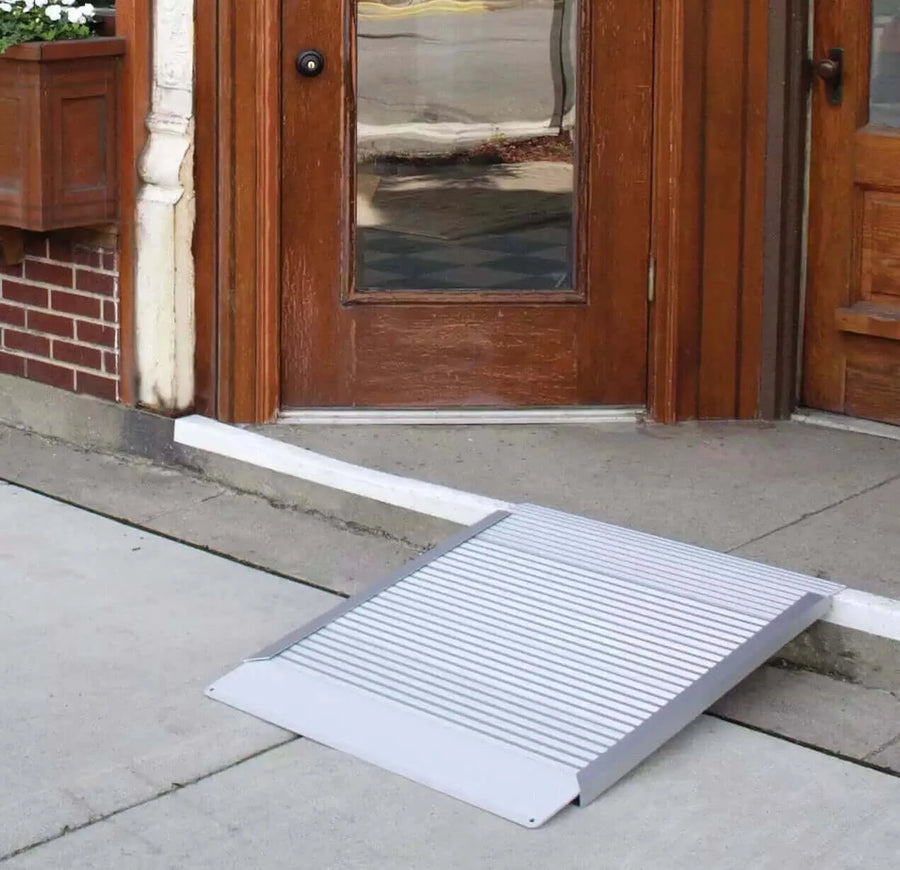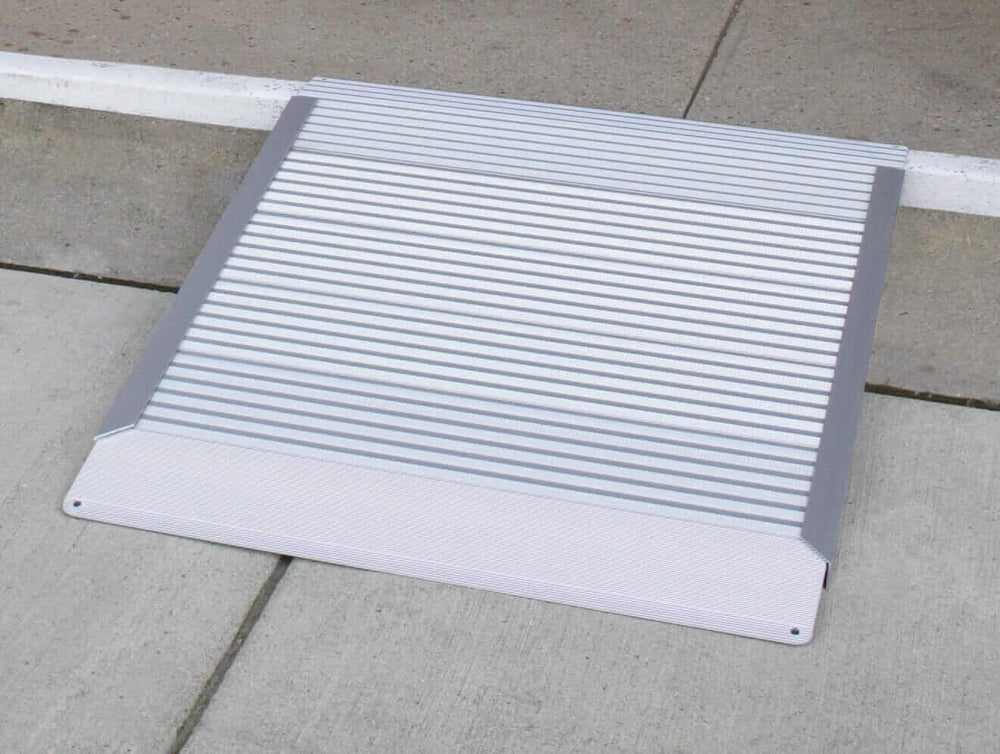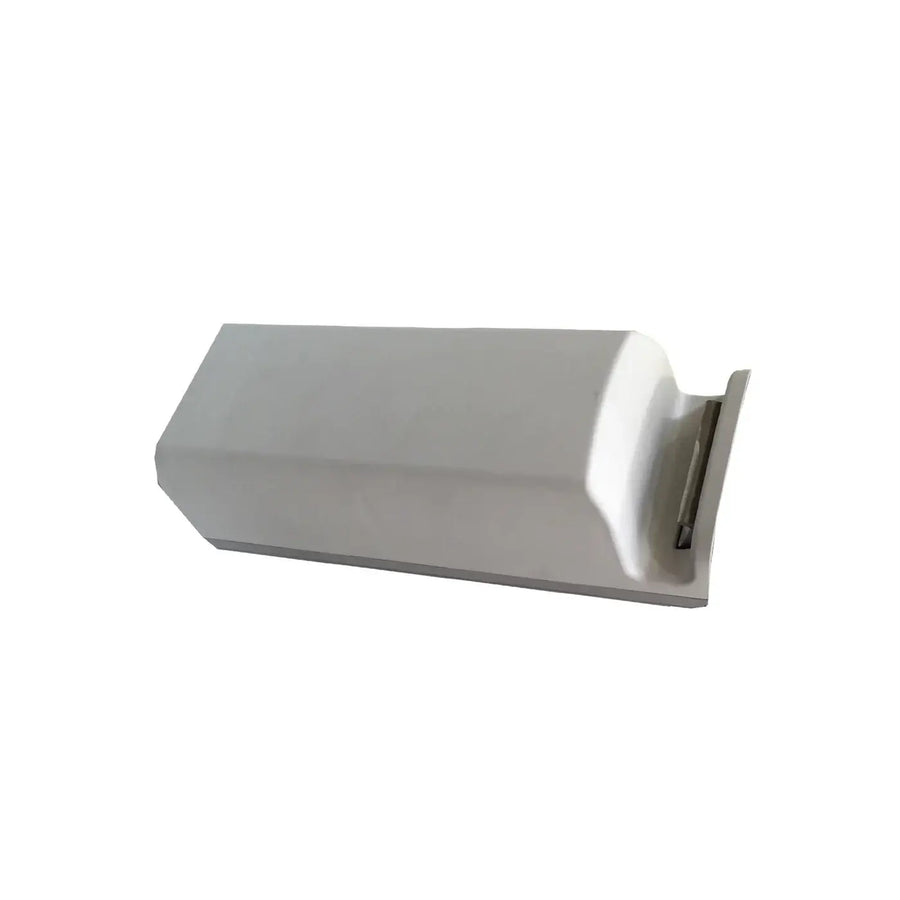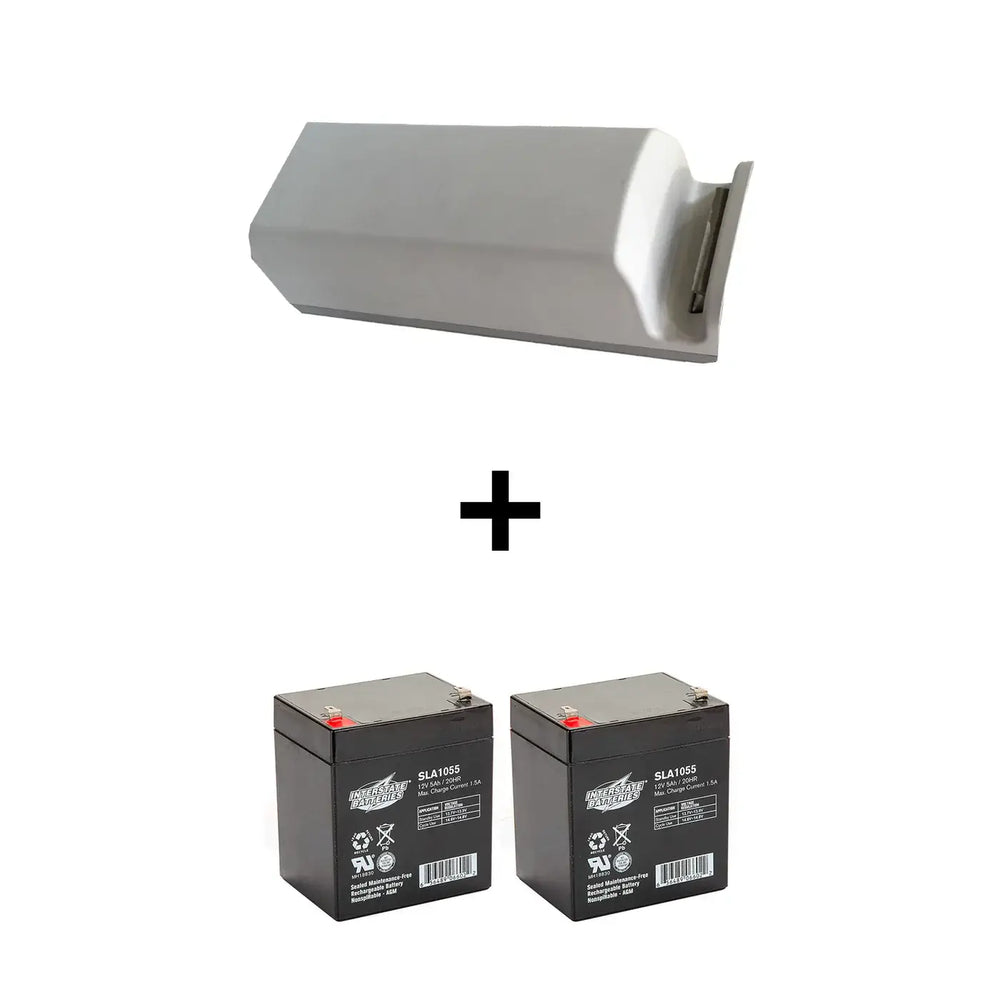What Are the Different Types of Patient Lift Sling Devices?
You might think all patient lift sling devices are the same, but that couldn't be further from the truth. There are various types, each designed for specific needs and environments. Understanding these differences can greatly impact care efficiency and safety. From manual lifts to advanced ceiling systems, the options are varied and tailored to different situations. Let's explore what each type has to offer and how they can make a difference in mobility assistance.

Manual Patient Lifts
Manual patient lifts are essential tools for caregivers, enabling them to safely transfer individuals with limited mobility. When you use a manual lift, you're directly involved in the lifting process, which requires proper technique and teamwork. These lifts typically consist of a sturdy frame, a sling, and wheels for easy movement.
Before using a manual lift, make sure you're trained and familiar with the device. Position the sling under the individual, making sure it's secure and comfortable. With a partner, you can transfer the person to a bed, wheelchair, or bathroom safely. Always communicate clearly with the individual and your partner to make the process smoother.
While manual lifts do require physical effort, they promote independence for both the caregiver and the individual being transferred. By mastering the use of manual lifts, you enhance safety and comfort during patient transfers, making your caregiving tasks more manageable.
Electric Patient Lifts
While manual lifts require considerable physical effort, electric patient lifts streamline the transfer process, making it easier for caregivers and more comfortable for patients. These devices use a motorized lift system to move individuals safely, reducing the risk of injury for both parties.
Key Features:
-
Ease of Use: With simple controls, you can operate the lift with minimal training.
-
Safety Features: Many electric lifts come with emergency stop buttons and secure strap systems to ensure safe patient handling.
-
Adjustable Height: Easily accommodate various environments and needs.
-
Portability: Some models are foldable and lightweight, acting as a portable patient lift.
Investing in an electric patient lift and sling setup enhances safe transfers and makes patient care more efficient.
Ceiling Lift Systems
Ceiling lift systems offer a versatile solution for patient transfers, utilizing tracks installed in the ceiling to move individuals efficiently. These systems are ideal for tight spaces where traditional lift slings may not fit.
A hoyer lift motor connects to a ceiling track to transfer patients from one full body lift sling setup to another, such as from a bed to a wheelchair. With features like remote controls and adjustable speeds, they make patient and caregiver tasks easier.
These lifts are specifically designed to reduce physical strain and increase comfort and safety. Custom installations ensure the system matches the layout of a home or care facility.
Bath Lifts
For those seeking additional support in the bathroom, bath lifts provide a secure solution for entering and exiting the tub. These lifting devices are crucial for patients with limited mobility.
Benefits:
-
Ease of Use: Simple controls allow easy operation.
-
Safety Features: Equipped with non-slip surfaces and strap systems.
-
Compact Design: Fits most tubs without consuming space.
-
Portability: Easy to move and store.
Bath lifts improve patient comfort and dignity while bathing, ensuring safe and comfortable transfers in a private space.
Slings and Accessories
Slings and accessories are vital to any patient lift setup. The right sling enhances stability, while a poor fit increases the risk of injury. When choosing a sling, consider the type of sling, sling size, and the weight and body structure of the patient.
Types Available:
-
Full body slings for maximum support
-
Toileting sling with commode opening for toileting or bathing
-
Sit-to-stand lift slings for patients who can support some weight
-
Mesh slings that are easy to clean and breathable
-
Padded sling for extra comfort and support
-
Bariatric slings for larger individuals
-
Repositioning sling for lateral movements
Slings come in disposable slings or reusable slings options. While disposable slings are convenient, reusable slings are more cost-effective and eco-friendly. Ensure that the sling is designed to accommodate the weight of the patient and that it fits the patient’s body correctly.
Additional components include:
-
Head support attachments
-
U-shaped sling styles for versatile use
-
Universal sling types compatible with many lift systems
Proper selection ensures the sling provides comfort and safety, enabling efficient patient handling and safe transfers.
Choosing the Appropriate Sling and Lift System
Selecting the appropriate sling based on the type of lift and patient needs is crucial for safe mobility. A medical sling must match the sling supports of the lift system, whether it's a hydraulic patient lift, manual lifts, or full body patient lift.
Things to Consider:
-
Patient’s body shape and weight
-
Type of transfer: seated, standing, or lying down
-
Whether head support is needed or if a sling without head support will suffice
-
Strap configuration and attachment points
-
Need for standing position support or repositioning
-
Comfort and support during extended use
Caregivers should evaluate the different slings available to identify the right patient sling. Always conduct regular inspections to ensure slings are in good condition and free from wear.
Using a hoyer lift sling or other lift slings properly requires practice. For new users, training is recommended to ensure safe patient handling and minimize the risk of injury.
How Patient Lifts Improve Care
Patient lifts operate by transferring individuals while minimizing physical strain and increasing patient comfort. They allow caregivers to focus more on patient care rather than struggling with physical lifting. These devices are critical in homes, hospitals, and long-term care facilities.
They support the patient and the caregiver, offering peace of mind and reducing workplace injuries. Proper use of slings for patient lifts also enhances patient dignity and cooperation during transfers.
Whether you're using a hoyer sling, universal sling, or another variant, always select the sling to ensure a secure fit. Understanding the different types of slings and how they interact with various lift systems is key to ensuring safe and effective patient transfer every time.
Remember, when you use a patient lift sling that matches the weight capacities, body measurements, and needs of your patient, you improve their quality of life and promote a safer care environment.
Need Help Choosing the Right Sling or Lift Device? Contact Reliable Ramps
At Reliable Ramps, we understand how critical it is to select the appropriate patient lift and sling solution tailored to your individual needs. Whether you're searching for a full body patient lift, a medical sling, or lift slings for a sit-to-stand lift, we’re here to support both the patient and caregiver every step of the way.
We specialize in a wide range of mobility solutions offering high-quality, American-made products including wheelchair ramps, lifting devices, and more. Our team is dedicated to helping you ensure safe patient transfers, reduce the risk of injury, and increase comfort and support during every use.
Choose Reliable Ramps as your trusted partner in mobility aids. Explore our range, learn more about who we are, and let us help you find the right sling to ensure comfort and safety. Contact us at 888-307-1839.






